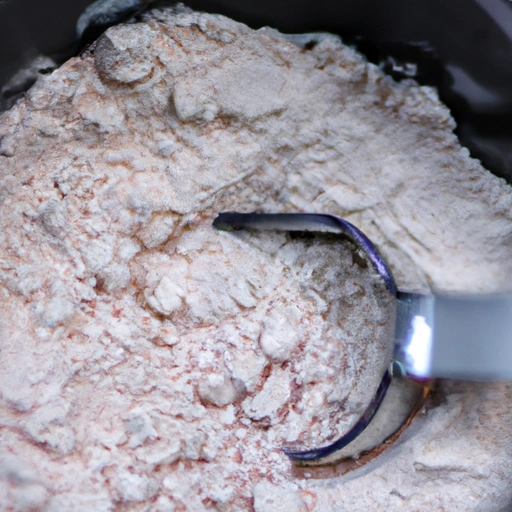Homemade Cake Mix
Description

Homemade cake mix is a blend of dry ingredients that are the foundational components for making a cake. By combining flour, sugar, leavening agents, and sometimes flavorings or dried milk, you create a convenient mixture that can be stored for future use. When you're ready to bake a cake, you simply add the wet ingredients, such as eggs, oil, or water, to the dry mix. Homemade mixes can be customized to various dietary preferences and flavors, offering a more personalized touch than store-bought mixes.
Common uses
Homemade cake mix is commonly used as a base for making various types of cakes, cupcakes, and even as a starting point for cookies and dessert bars. It provides a shortcut in the baking process, reducing the time and effort required to measure out individual dry ingredients each time you bake.
Nutritional value
Calories
Calorie content in homemade cake mix can vary based on the recipe and ingredients used. Typically, a serving of dry cake mix may range from 100 to 300 calories, depending on the inclusion of sugar, flour type, and any added fats.
Protein
Protein levels in homemade cake mix are generally low, with amounts typically less than a few grams per serving, contributed by the flour and possibly dried milk if used in the recipe.
Fat
The fat content of homemade cake mix is typically minimal since fats are usually added as wet ingredients during the baking process. However, some recipes might include a small amount of fat for texture and shelf life.
Carbohydrates
Homemade cake mix is primarily composed of carbohydrates, predominantly from flour and sugar, contributing to the majority of its caloric content.
Vitamins
Vitamins in homemade cake mix may include those naturally present in flour, such as some B vitamins, depending on the type of flour used.
Minerals
Minerals found in homemade cake mix can include calcium, potassium, and iron, particularly if fortified flours or ingredients are used.
Health benefits
While cake mix is typically not considered a health food, homemade versions can offer some benefits by allowing for the inclusion of whole grain flours, reduced sugar, or alternative sweeteners, potentially enhancing the nutritional profile of the mix.
Potential risks
Homemade cake mix, like any baking mix, can be high in sugar and refined carbohydrates, which may contribute to health issues if consumed in excess. Additionally, the risk of contamination from improperly stored or old ingredients is present.
Common recipes
Popular recipes using homemade cake mix include classic vanilla or chocolate cakes, birthday cakes, cupcakes, cake pops, and special diet-friendly variations like gluten-free or vegan cakes.
Cooking methods
The primary cooking method for homemade cake mix is baking. The mix is combined with wet ingredients and baked in an oven according to the recipe's instructions.
Pairing with other ingredients
Homemade cake mix pairs well with a variety of frostings, fruit compotes, and fillings, allowing for endless customization and adaptation to different occasions and tastes.
Summary
Homemade cake mix is a versatile, convenient ingredient that simplifies the baking process while allowing for customization and control over the ingredients used. It serves as an excellent base for a wide range of desserts and can be adapted to suit dietary preferences and nutritional goals.